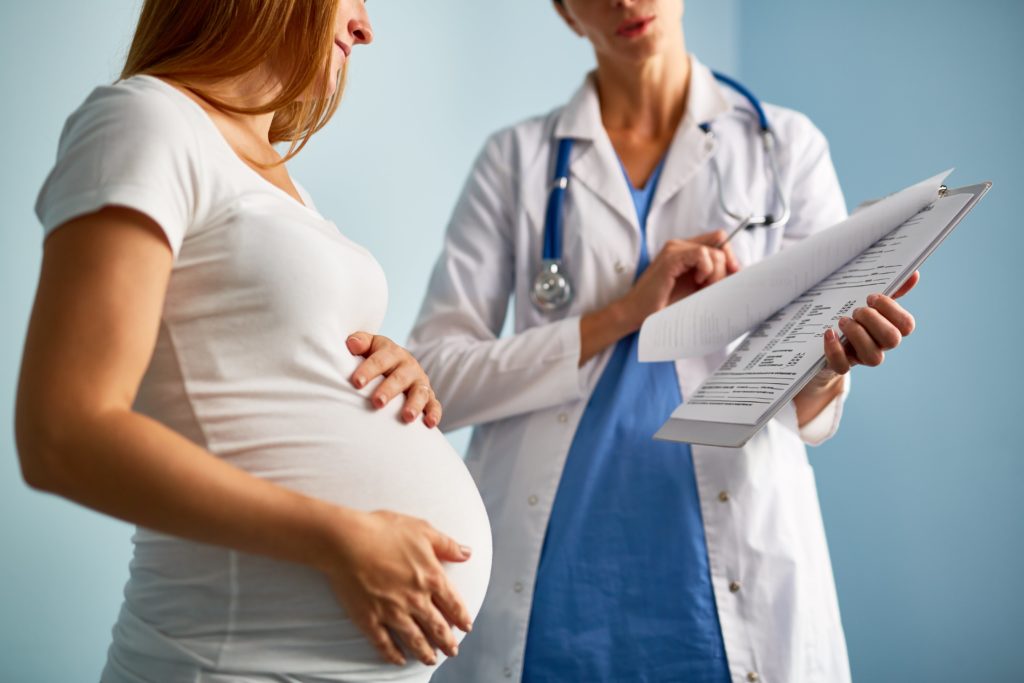Guidelines for Diagnostic Imaging During Pregnancy
When you are pregnant, new health considerations arise that you usually wouldn’t think about. For example, you might wonder about the safety of diagnostic tests that use radiation. Most medical imaging tests have little to no risk during pregnancy. Understanding any potential health implications will help you make the best choice for you and your baby.
How Does Medical Imaging Equipment Use Radiation?
Select types of medical imaging equipment use radiation to create images of the inside of your body. During an x-ray or CT examination, radiation moves through your tissues, organs and bones differently to create an image. These tests use only as much radiation as necessary to get a clear picture.
Diagnostic tests like MRI exams use other methods. They can use technologies like magnetic or radio waves. These examinations do not use radiation.
Guidelines for Radiation Exposure in Pregnancy

For doses over 100 mGy, here are the potential risks:
- Week 1 and 2: Risk of spontaneous abortion
- Week 3-8: Malformation risks
- Week 9-15: Risk of diminished IQ or developmental disorder
- Week 16-25: No detectable IQ risks
- Week 25 to birth: No risks applicable to diagnostic medicine
The Safety of Radiology During Pregnancy
Most radiology tests cause no radiation exposure or an exposure level that falls well below 100 mGy. Doctors will also only use testing that involves radiation when absolutely necessary. Learn more about the safety of common imaging tests, including x-rays, CT exams, MRIs and ultrasounds.
X-Rays and CT Examinations While Pregnant
Diagnostic tests that use radiation, such as x-rays and CT exams, expose you to very small amounts of radiation. The radiation levels associated with a test depend on the area of the body and the test type. Examples of exposure levels for x-rays and CT scans include:
- Chest x-ray: 0.1 mGy
- Mammogram: 0.4 mGy
- Lower GI x-ray: 8 mGy
- Abdomen and pelvis CT scan: 10-20 mGy
- Head CT scan: 2 mGy
- Chest CT scan: 7 mGy
MRIs and Ultrasounds While Pregnant

Get Diagnostic Imaging at Envision Imaging
At Envision Imaging, we perform medical imaging for patients with a variety of care needs. Ask our staff what we can do to accommodate you during your pregnancy. Browse our locations to request your next diagnostic imaging appointment. Our world-class facilities, compassionate care and accurate results ensure a pleasant and reliable experience.


